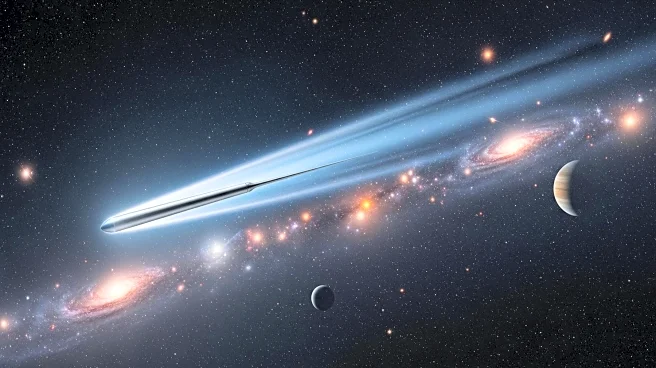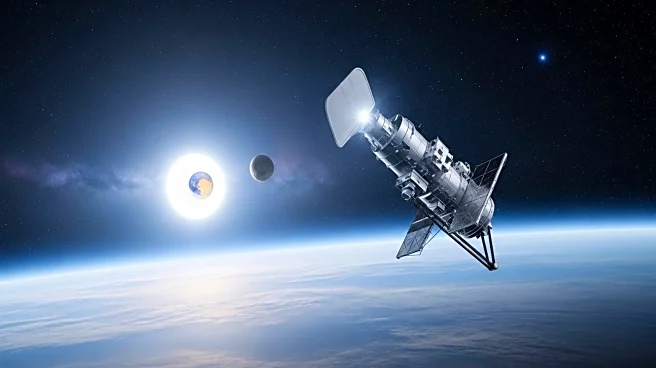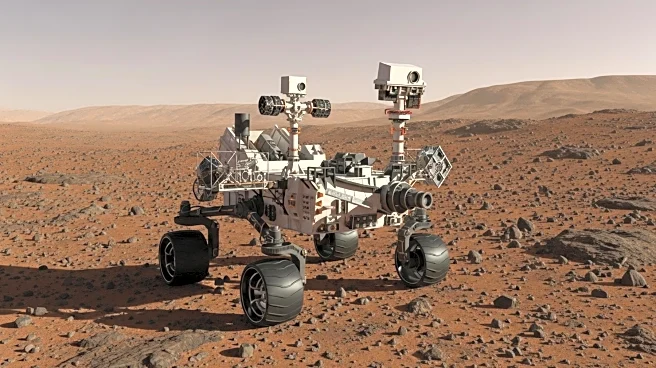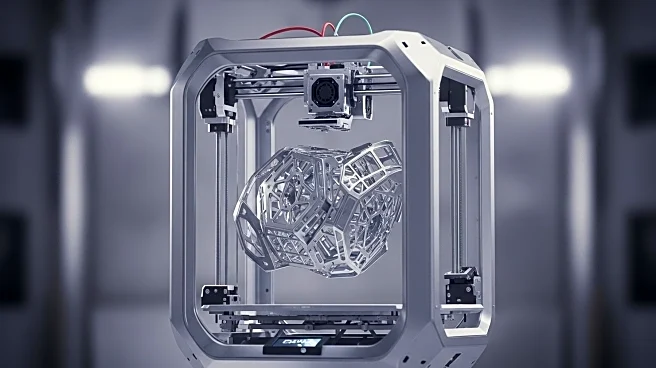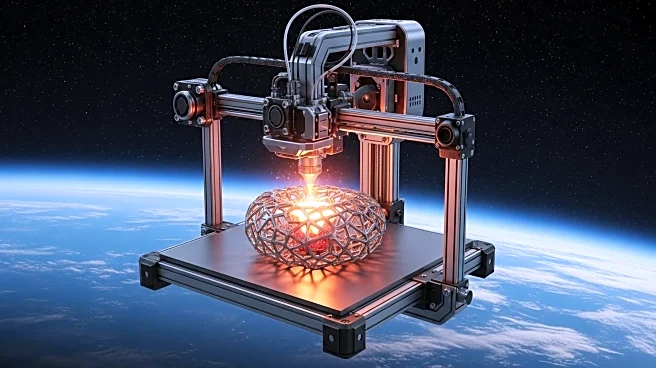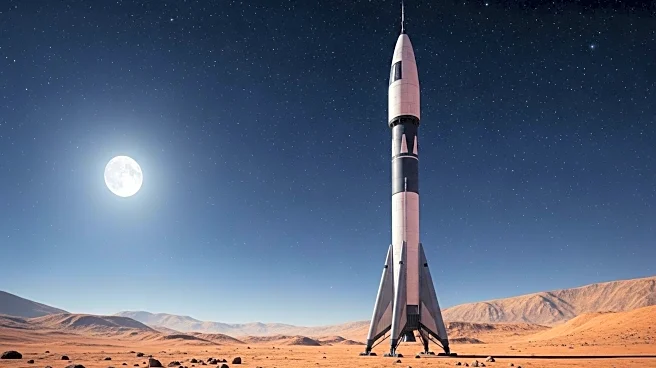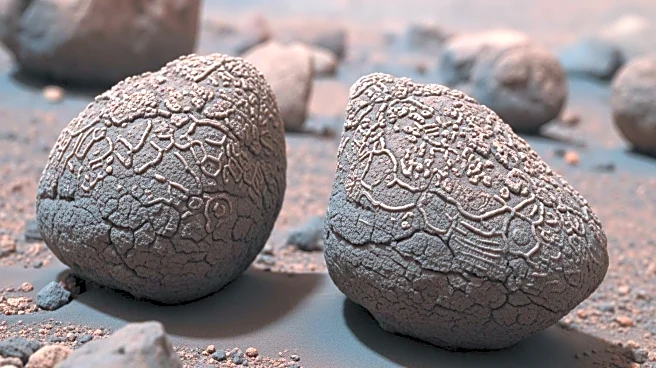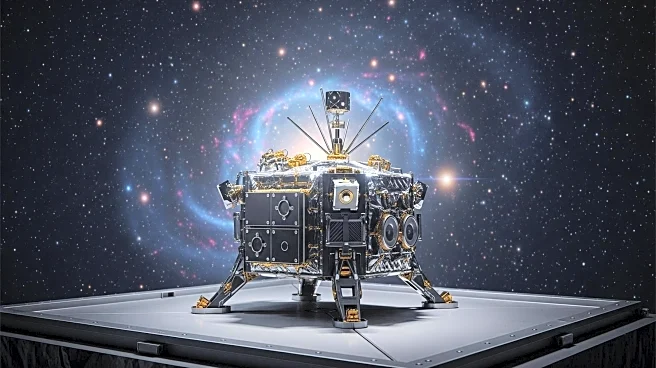What's Happening?
Comet 3I/ATLAS, the third interstellar object ever detected, is racing through our Solar System. Discovered by the ATLAS survey telescope in Chile, the comet's hyperbolic path indicates its origin in interstellar space. Traveling at 210,000 km/h, 3I/ATLAS is not gravitationally bound to the Sun and poses no threat to Earth. Scientists estimate the comet could be 7-8 billion years old, potentially making it the oldest comet observed. Telescopes have detected a dusty coma rich in carbon dioxide and water ice, suggesting it was 'baked' by heat long before entering interstellar space.
Why It's Important?
The discovery of 3I/ATLAS offers a unique opportunity to study an interstellar object and gain insights into the building blocks of distant worlds. The comet's composition and behavior provide clues to its origin and the conditions of its parent star system. As a rare visitor, 3I/ATLAS allows scientists to compare its characteristics with those of comets from our Solar System, enhancing our understanding of planetary formation and evolution. The global effort to observe the comet highlights the importance of international collaboration in space research.
What's Next?
NASA, ESA, and astronomers worldwide are observing 3I/ATLAS to study its composition and behavior. The Hubble and Webb telescopes, along with spacecraft around Mars, are being repurposed to gather data on the comet. As 3I/ATLAS nears the Sun, scientists will continue to monitor its activity and outgassing, providing valuable information on its chemical makeup. The comet's journey through the Solar System is a once-in-a-lifetime event, capturing public imagination and offering a glimpse into the mysteries of interstellar space.
Beyond the Headlines
The appearance of 3I/ATLAS has sparked public interest and media coverage, highlighting the cultural impact of interstellar objects. The comet's discovery and peculiar traits have captured the imagination, with amateur astrophotographers and live webcasts sharing the event widely. The study of interstellar comets raises questions about the potential for panspermia and the transfer of material between star systems, offering a philosophical perspective on our connection to the broader galaxy.

